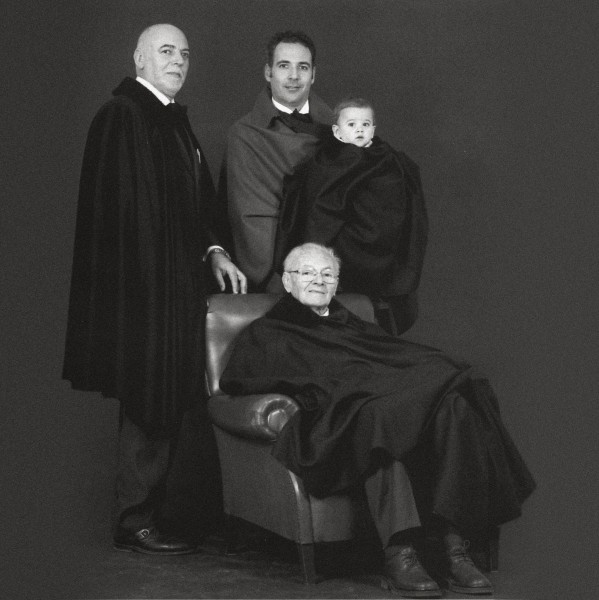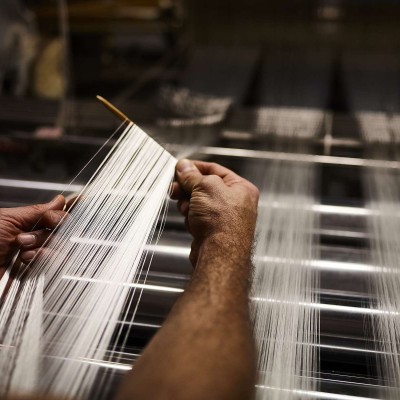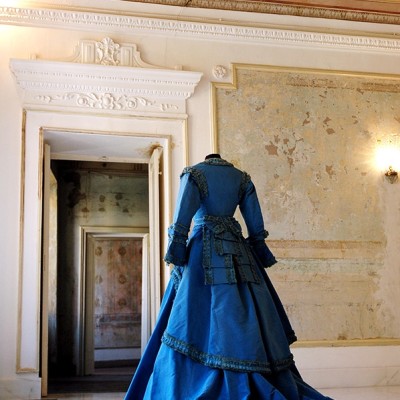Tabard over the centuries
Sandro Zara's passion: the Tabarrificio Veneto
19 ottobre 2024
The origin of the word “tabarro” is unclear, but some associate it with the Latin word tabardum, which denoted both the cloak and the robe or toga of senators.
Probably ancient Rome's version to the Greek cloak. A unique piece of cloth that has always accompanied the Italian man with different colors and fabrics over the centuries, evolving but always maintaining characteristics: a single seam and collar.

In the fourteenth century it is a long surcoat with wide, short sleeves worn by doctors, merchants, and clergymen. In the sixteenth century it becomes an elegant short jacket open at the front; at the end of the century it becomes a shoulder-covering cloak for citizens and travelers. In the seventeenth century it rises for nobles and officials in place of the patrician robe. In the twentieth century it is a symbol of nobility even as humbler variants arise, such as the “tabarrino” for peasants or troops at the front. The tabard is also often linked to the Italian who leaves for the New World: photos can be found of Italians wearing it in Buenos Aires or at the landing in America on Staten Island. After World War II, there is a disregard for the tabard, sometimes it is even banned because it is associated with anarchists and replaced by the overcoat.
The chronicle of the tabard so far is mostly due to a Venetian: Sandro Zara. He is the one who in the 1970s, after becoming passionate about this symbolic garment of the country decided to reintroduce it on the modern scene, bringing it directly to Pitti Uomo in front of the entire fashion system.
After years immersed in research and study in the rooms of the museum of Palazzo Mocenigo and the Sea Museum in Chioggia, in the textile archives of old woolen mills or among the stories heard in the palaces of the lagoon or the barena. Where man has engineered himself to protect himself from rain, wind and cold by creating unique garments.
Thus was born the Tabarrificio Veneto, not just a place where the garment for today is made according to decades of research but a treasure trove of skills and a collection of historic garments.

Let's stay in touch
News, previews, initiatives about the world of fashion, ApritiModa and its partners




